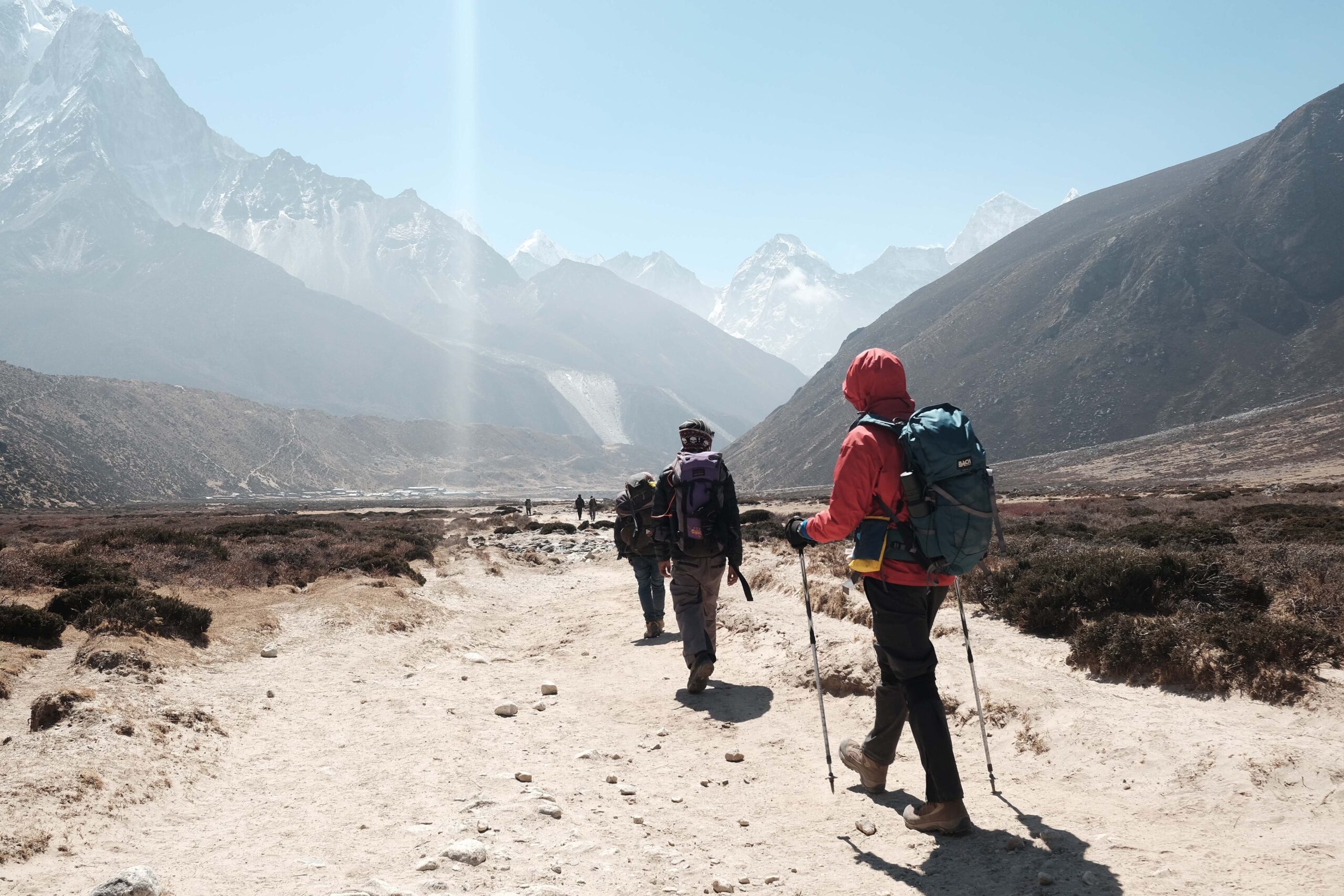One big issue that beginner all-season hikers struggle with during the fall and winter hiking seasons is how to dress appropriately. Part of the problem with not wearing proper clothing while hiking is that it can ruin your experience. After all, if you’re uncomfortable the entire time, why would you want to keep going and make that discomfort a regular part of your life?
Knowing what to wear and how to wear it during each season and for all climates is essential. Especially in the shoulder seasons (spring and fall), when you will experience a wide range of temperatures throughout the day. To avoid carrying unnecessary weight, layering is the best way to stay comfortable and safe during the hike.
Winter hiking will likely require more layers or different types of layers than hiking earlier in the fall. Still, many of the basics will overlap as far as types of materials to wear and how to layer for the best protection. For instance, hiking during the first week of October in the Cascades may require layers that can keep you comfortable in 30-60° F weather, both when you’re moving and stationary. Then, factor in any precipitation, and you could end up carrying a lot of extra clothing if your layering system isn’t quite honed in.
Anytime you are layering, you’re going to balance the right combination of base layers, middle layers, and outer layers. It can take some time to find the right combination for you, and everyone’s comfort level will differ.
Before we jump into the best practices for layering clothing for cold weather hiking, you need to know what types of materials to wear. When choosing hiking clothing for any season, gravitate towards moisture-channeling and quick-drying materials like wool, alpaca fleece, Tencel, and synthetic blends (polyester, spandex, and nylon). Avoid cotton, including denim and cotton blends, due to their inability to dry quickly and how easily they absorb water. The adage “cotton kills” is especially applicable to cold environments where hypothermia is a threat.
In the fall, you’ll want clothing that allows for enough air flow to be comfortable mid-day when it is 50-60° F but will keep you warm in the morning and night at camp. You can still wear breathable layers in the winter, but your main focus is water resistance and heat retention.
To break down the basics of layering, you need to know the purpose of each layer and how to differentiate between them:
Base Layer: to wick sweat and moisture off and away from your skin (also known as the underwear layer)
Middle Layer: to help you retain body heat and insulate or protect from the cold
Outer Layer: to shield you and your other layers from wind, rain, and other elements (also known as the shell layer)
The primary purpose of a base layer is to keep moisture away from your skin and to dry quickly. In colder weather conditions, the base layer will usually be a long underwear style and is intended to keep your skin dry to avoid a drop in body temperature that could lead to you feeling chilly or suffering hypothermia.
Materials like merino wool and silk are natural fibers that have this ability along with natural anti-microbial properties. Polyester and nylon can also be good options, but all fabrics and blends will vary in drying and wicking ability, odor retention, durability, and comfort. For cold weather hiking, wear a base layer on both the top and the bottom.
The mid-layer or insulating layer is what will help you trap body heat. This is especially important when you are not in motion and aren’t producing as much body heat. Both synthetic and natural insulating materials exist, and it is often up to personal preference on which one you choose. In general, the puffier the jacket, the warmer it will be. However, other types of mid-layers like wool sweaters can help as well.
You may need more than one mid-layer, depending on the weather. For instance, say you have a base layer that you plan to wear consistently on your hike. You may also pack a Smartwool sweater to wear on top of that, but you’ll likely still need a puffy jacket for the morning and evenings in camp. The wool sweater and the puffy jacket are both still considered mid-layers, so don’t be afraid to bring more than one insulating layer depending on the forecast.
Since you won’t only be wearing long underwear on the bottom for hiking, having a durable pair of hiking pants to wear over your base layer is important. You can often get away with three-season pants made from a synthetic blend of materials that is quick drying and still breathes for fall hiking. For winter hiking, opting for less breathable thermal moisture-resistant pants will be ideal for regulating body temperature and keeping moisture out.
Finally, your outer or shell layer is the protection piece to keep the wind, rain, and snow away. Most outer layers will be a rain jacket of some kind that is treated with DWR (durable water repellent). This type of treatment on the jackets or rain pants helps the water bead up and roll off the fabric. Over time and with use, DWR wears off. So, be mindful of when and how to reapply if necessary.
Outer layers can still offer air flow (i.e., rain jackets with vents), and the types of outer layers will vary from softshells, waterproof, water-resistant, and more, depending on climate and intended use.
The shell layer is vital in cold weather hiking, especially if you get caught in a storm of any kind. The outer shell, whether it is a rain/snow jacket or pants, is designed to protect you and your other clothing layers from getting too wet and cold. If too much moisture is allowed to penetrate your inner clothing layers, you will struggle with regulating your body temperature.
Other clothing to consider for cold-weather hikes include:
Gloves
Gaiters
Hat
Buff/Scarf/Dickie
Winter specific socks
Winter/waterproof boots
Micro-spikes













